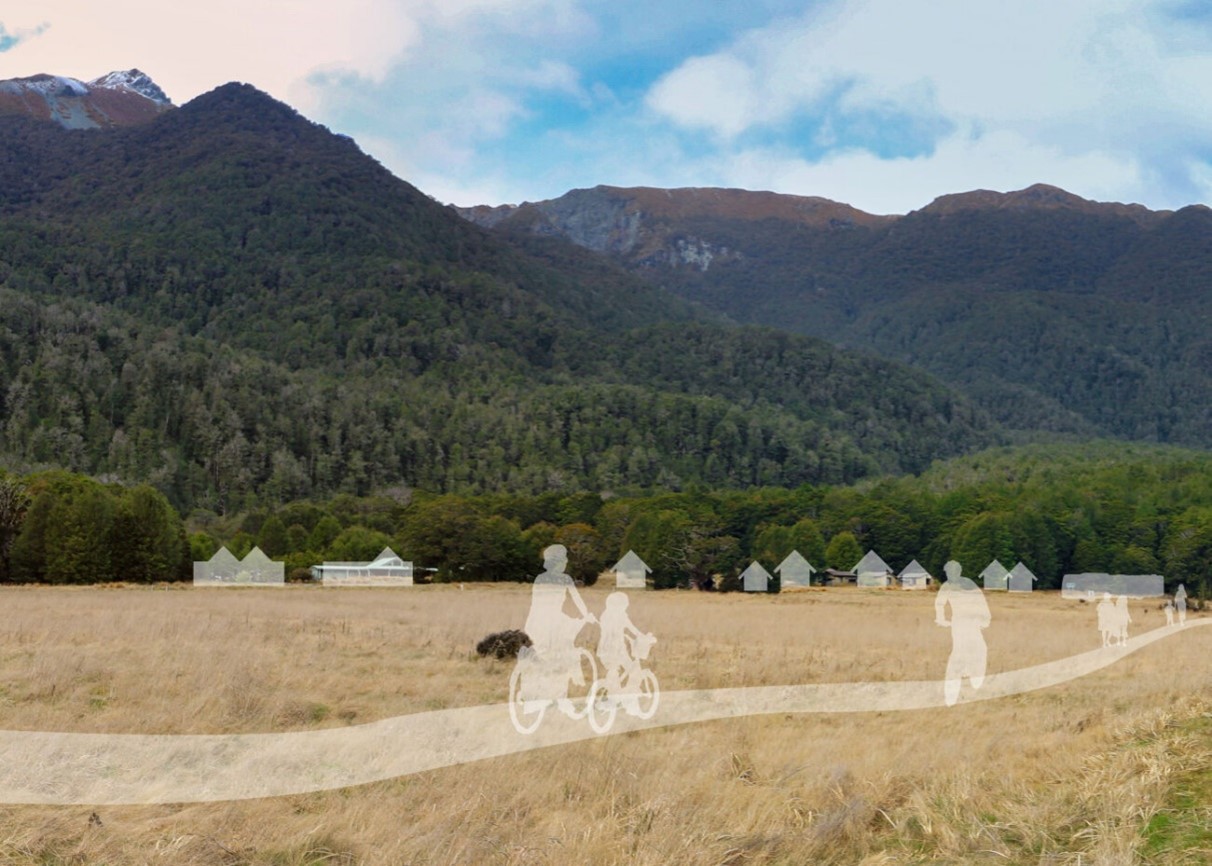Feasibility testing: cycle trail proposal
One of the proposals in the Milford Opportunities Masterplan is for a Grade 2 cycle trail from Te Rua-o-Te-Moko Fiordland National Park boundary to Ōtāpara Cascade Creek campground.
The project team is currently testing the feasibility of this proposal from a range of viewpoints including how its stacks up against current statutory provisions, its potential environmental impact, its constructability and operating and maintenance requirements, and cost.
The cycle trail is being considered as if it were to be connected to the proposed extension of Fiordland Trails Trust’s Lake2Lake Trail from Te Anau to Te Anau Downs. If connected up to this proposed trail it would result in a continuous 110-120km trail from Manapouri to Otapara Cascade Creek, similar in length to many of the Ngā Haerenga New Zealand Cycle Trail Great Rides.
One aspect the Transport and Infrastructure team has investigated is forecast demand for the trail and the potential economic and social impact the proposal might make to Te Anau and environs should it proceed.
The resulting report, commissioned from Angus & Associates a tourism consultant based in Wellington with much experience in considering similar proposals, is titled Te Anau Downs to Cascade Creek Impact Assessment.
The report found that, depending on international visitors level of willingness to pay an access fee to enter Te Rua-o-Te-Moko Fiordland National Park via the cycle trail, usage starting (assumed in 2028) at between 52,000 to 74,000 per year, incremental bed nights of between 54,000 and 77,000 per year, visitor expenditure of between $14 million and $20 million per year, and Full Time Equivalent jobs of between 121 and 173.

